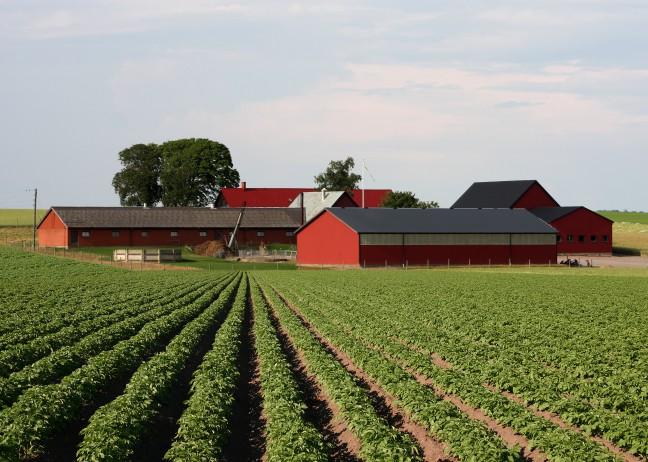Wisconsin corn growers fear the Environmental Protection Agency will reduce the use of a controversial herbicide ingredient that increases crop efficiency.
Tom Thieding, spokesperson Wisconsin Corn Growers Association, said the ingredient atrazine keeps weeds from growing on certain crops such as corn. The EPA wants to reduce the amount of atrazine farmers can use because it may present environmental and health issues when used in large amounts.
Without atrazine, however, farmers would be forced to revert back to tillage practices used 50 years ago, Thieding said. They would have to cultivate their fields to control weeds, which would simultaneously bring added costs as well as increase the amount of soil erosion occurring on farms, Thieding said.
Additionally, farmers would have to spend more time and fuel driving their tractors to till the soil, which can cost between $30 to $59 an acre, he said.
A Colorado State University study, however, revealed even low levels of atrazine in drinking water can cause menstrual cycle irregularity in women. Researchers also found that low levels of the chemical cause feminization and castration in at least one species of frog.
According to a preliminary risk assessment for atrazine, the EPA contends that 20 years of study points to the chemical causing chronic risk to fish, amphibians and aquatic invertebrates as well as reproductive effects in fish.
But Thieding said farmers only have to apply the atrazine once for it to be effective in maintaining the health of their crops. The atrazine kills any possible weeds and allows corn to have time to grow. He added that by the time corn reaches maturity it forms a canopy over the ground below it, and the shade from the canopy prohibits weeds from growing.
“It kills weeds on the first pass that farmers apply it,” Thieding said.
The levels of atrazine farmers are using would not have a significant effect on environmental issues, Thieding said.
The EPA has a scientific advisory panel that concluded atrazine can be safely used at certain levels, but Thieding said the Wisconsin Corn Growers Association does not understand why they are recommending levels be reduced even lower.
“Farmers live very strongly on science and research and they would expect to have regulations formed off of sound science and research,” Thieding said. “EPA is not doing that at all.”
Cathy Milbourn, EPA spokesperson, said the EPA has not made a final decision about reducing the atrazine levels. The government agency is will still receive feedback on the issue until Oct. 14.
The EPA said in a statement they are currently assessing the risks of atrazine to determine whether it poses health risks for both humans and the environment before they decide if they will actually reduce or ban the use of atrazine in farming.

















